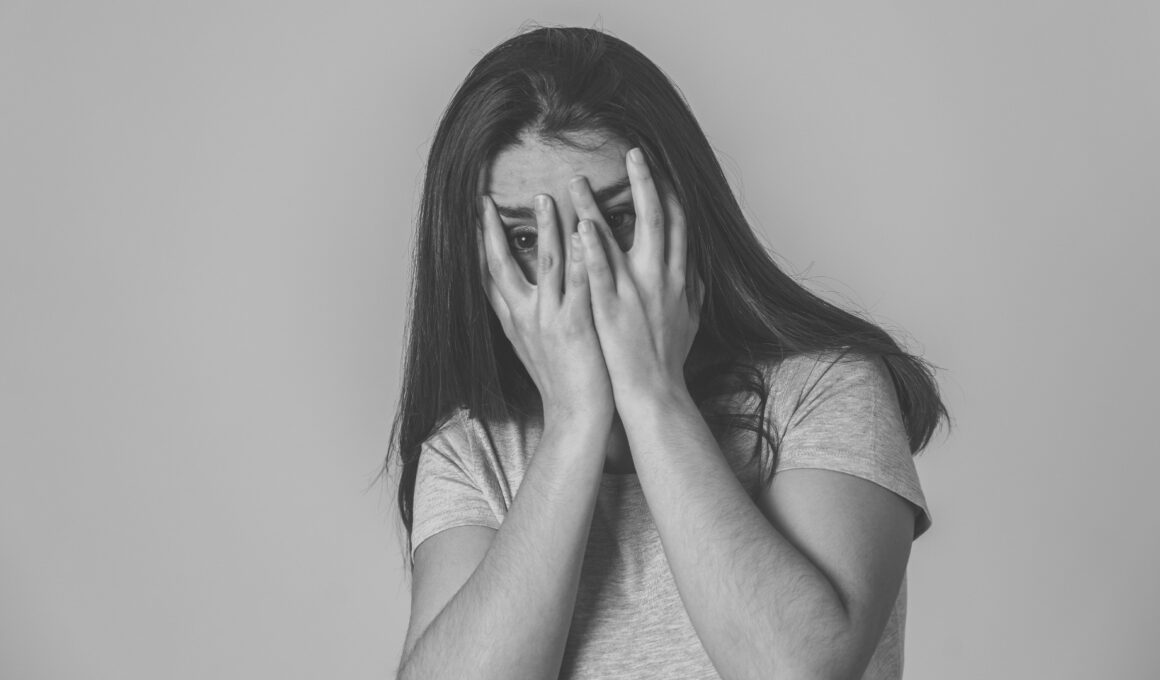A panic attack is a short episode that can last 20 minutes to several hours. It is marked by feelings of intense dread and foreboding, along with extreme stress symptoms such as heightened heart rate and blood pressure, hyperventilation and chest pain.
Panic attacks are not dangerous and will normally pass on their own. However, they are highly unpleasant and often patients can end up unintentionally exacerbating their symptoms as they worry that they might be having a heart attack or a nervous breakdown.
Symptoms of a Panic Attack
The precise symptoms of panic attacks vary from person to person and case to case. However, common symptoms include:
- Rapid breathing
- Shortness of breath
- Anxious/ominous thoughts
- Chest pain
- Increased heart rate
- Increased blood pressure
- Headaches
- Restlessness
- Dizziness
- Nausea
- Stomach pain
- Trembling and shaking
- Re-realization and the feeling of detachment
- Sweating
Causes of Panic Attacks
Panic attacks are essentially caused by the fight or flight response, also known as the ‘acute stress response’. This is the body’s reaction to a perceived threat which includes physical and mental changes designed to help the individual to cope in a potential fight or chase. These changes are precipitated by the hormones adrenaline and noradrenaline as well as the neurotransmitters dopamine and cortisol and they cause muscle contractions, vasoconstriction (the narrowing of the veins), enhanced focus and other changes. The body rushes blood away from the digestive and immune systems and to the muscles and brain while at the same time dulling pain and creating anxiety.
While this response can be useful, it will often occur at ‘maladaptive times’ when it isn’t needed and is the reason that we might ‘choke’ on stage during public speaking or why we might shake when standing up to a bully in the office or at school.
It can also come on entirely unprovoked or in the face of a stressor or a phobia and this is what can lead to a panic attack. The stress response only develops into a full-blown panic attack however when the sufferer struggles to understand what’s happening or to calm themselves down. Often people will become more stressed when they start having a panic attack and ironically this can then result in much worse symptoms.
What is less clear is why some people are more likely to suffer from panic attacks than others. Risk factors include the existence of phobias, a genetic predisposition (as shown in family studies), an anxious personality type and stressful life circumstances.
How Are Panic Attacks Treated?
That largely answers the question of ‘what is a panic attack’ but this alone isn’t much help if you find yourself suffering from repeated bouts of anxiety. What’s more important is to understand the best treatments and how to address and prevent these attacks.
The most popular treatment for panic attacks is therapy and the most common form of therapy for panic attacks is cognitive behavioral therapy. Cognitive behavioral therapy is a type of therapy that deals with the thought processes and teaches patients to essentially ‘talk themselves out’ of having panic attacks and to use methods such as breathing exercises to calm themselves down.
Another form of therapy is exposure therapy, which involves inducing a panic attack in a controlled scenario so that the patient can become used to the feeling and thus will become less panicked and frightened when it happens again in future.
Panic attacks can also be treated with medications including anxiolytics such as barbiturates and antidepressants such as SSRIs. These methods can potentially have side effects however and so are generally only suitable as a short-term solution and as a supplement to therapy.
Many people will suffer from panic attacks at some point in their lives but fortunately they will usually subside after only a short time. After just a few treatments sufferers may begin experiencing ‘limited symptom attacks’ where only a few of the symptoms are present. From there it is usually only a matter of time until they recover fully.
Of course there is more to the question of what is a panic attack but this basic introduction should give you the basics so you can start to find the right treatment for your particular case.




